Reviewing the Faster, More Forgiving Callaway XR16 Driver
2/1/2016 | by Rusty Cage
see also: Equipment Reviews

Working with the aerodynamics experts at Boeing, Callaway is redefining what's possible with its faster, more forgiving XR16 and XR16 Pro drivers.
Leveraging a long-standing relationship they have with Boeing, Callaway put some high-tech aerospace engineering concepts to work on their new XR16 and XR16 Pro drivers, redesigning the crowns to improve airflow and reduce drag. But they didn’t stop there. The new drivers also feature a completely re- engineered next-generation R*MOTO face that is lighter and thinner, helping to push the center of gravity to a lower and deeper position in the head.
“One of the things we realized first of all is that we wanted to improve our understanding of the airflow over the driver during the downswing,” said Dr. Alan Hocknell, Senior Vice President of R&D at Callaway. “We decided it was time for us to step up our game and partner with people who do this all the time. The best aerodynamic experts in the world work for the Boeing company and we were fortunate enough to expand on a relationship we had with them for some time.”
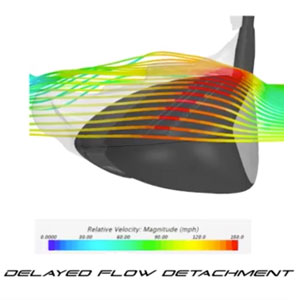
|
The woods team at Callaway worked closely with the engineers at Boeing to study how head shape influences airflow efficiency of the club when it’s swung into impact. One of the many challenges all equipment companies face in driver design is maintaining a reasonable level of forgiveness. In order to do that, you want to maintain a relatively large face-to-back dimension, said Hocknell. Of course, that sort of design consideration tends to run counter to the primary goal of reducing drag and improving clubhead speed.
In order to conquer the problem, Callaway and Boeing concentrated on the area of the crown immediately behind the face of the driver extending about a half inch or so rearward. Their studies on airflow simulation revealed that the design of that tiny area had immense impact on drag.
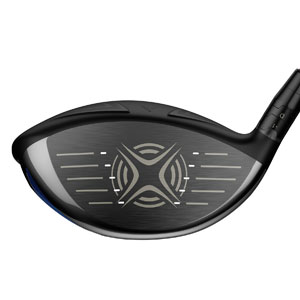 |
“We wanted to create a situation where we make the flow stay close to the crown surface for a longer time as it moves from the face towards the back,” said Hocknell.
The team took advantage of a feature from last year’s XR driver, the Speed Step Crown, refining its properties to improve airflow. The new Speed Step (a pair of uniformly-placed bars on the crown’s surface) are ever so slightly raised and sit even closer to the leading edge than ever before. Hocknell noted that such a little change produced a substantial result.
“It makes the air transition to turbulent flow closest to the crown,” he said. “That turbulent flow effectively sticks to the crown better than other types of airflow and in doing so it delays the flow detachment and we get less drag.”
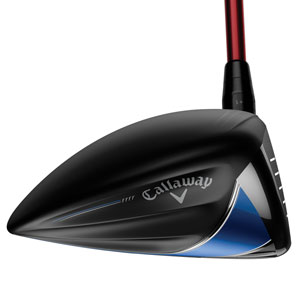 |
Continuing with their mission to build a faster and lighter driver, the XR16 models were outfitted with a thinner and lighter R*MOTO face. The weight that was saved in the new construction was repositioned towards the back of the head to increase the forgiveness of both driver models. As for the head itself, the chassis of the XR16 line is constructed from new Titanium 8-1-1 material; it’s a strong and lightweight alternative that gave engineers an additional two grams to play with.
“It might seem like two grams isn’t a whole lot but when you’re dealing with driver design our woods team is constantly fighting for fractions of a gram that can add up to whole grams that they can put into useful places in the head,” said Hocknell. “So a two-gram savings gained by changing body material is significant in our design world.”
Features at a glance:
- Aerodynamic head shape and a Speed Step Crown allows Callaway to set the standard in greater clubhead speed and more distance.
- A faster R*MOTO face that is 19 percent thinner and nine grams lighter than the pre-existing XR lineup of drivers. The savings in weight was redistributed in the clubhead for even more MOI.
- Designed with forgiveness in mind, the crown has been stretched out with a bigger footprint and the center of gravity has repositioned lower and deeper to improve the MOI over the X2 Hot and original XR drivers.
The XR16 driver ($349.99 MSRP) will be available in three loft configurations (9, 10.5 and 13.5 degrees). The driver comes stock with a Fujikura Speeder Evolution 565 shaft. By comparison, the XR Pro model ($399.99 MSRP) features a slightly lower spinning 450cc head. The XR Pro comes in nine and 10.5 degree lofts and ships with a tour-proven Fujikura Evolution II TS 665 shaft. Both models feature Callaway’s OptiFit adjustable hosel allowing you to adjust the loft and lie to fit your swing. The new drivers will be available in stores on January 29th.
Most Popular Articles
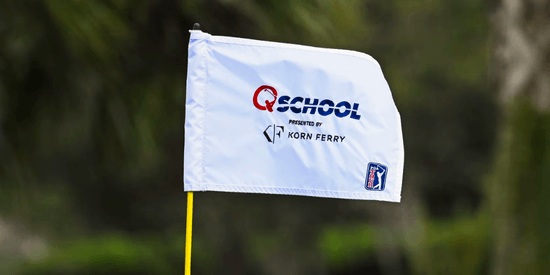
2025 PGA TOUR Q-School Guide: Sites, Scores, and Who Advanced
Dec 5, 2025Second Stage is complete and Final Stage awaits at Sawgrass — follow every Q-School leaderboard and the players still chasing
2025 LPGA TOUR Q-Series: Final Qualifying Stage FINAL SCORING
Dec 8, 2025Helen Briem earns medalist honors, 31 players headed to the LPGA next year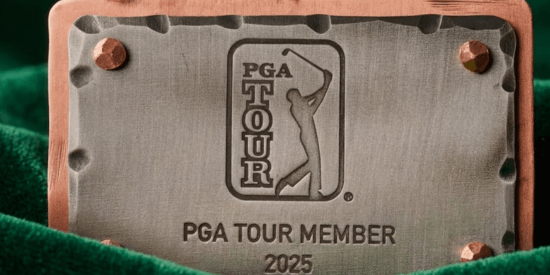
2025 PGA TOUR Q-School Final Stage: Ewart Leads Five New TOUR Card Winners
Dec 14, 2025A.J. Ewart topped Final Stage at TPC Sawgrass, leading five players who secured PGA TOUR membership for 2026.
Australian Open at Royal Melbourne: Preview, amateur bios, and how to watch
Nov 30, 2025Rory McIlroy headlines one of the championship's top fields in years - at least four amateurs will have their chance at gloryInside Gil Hanse’s Restoration of Baltusrol’s Upper Course: A Return to Tillinghast’s
Dec 11, 2025Renowned architect Gil Hanse reveals how he brought Baltusrol’s Upper Course back to life by honoring A.W. Tillinghast’s originalLoading latest news...
